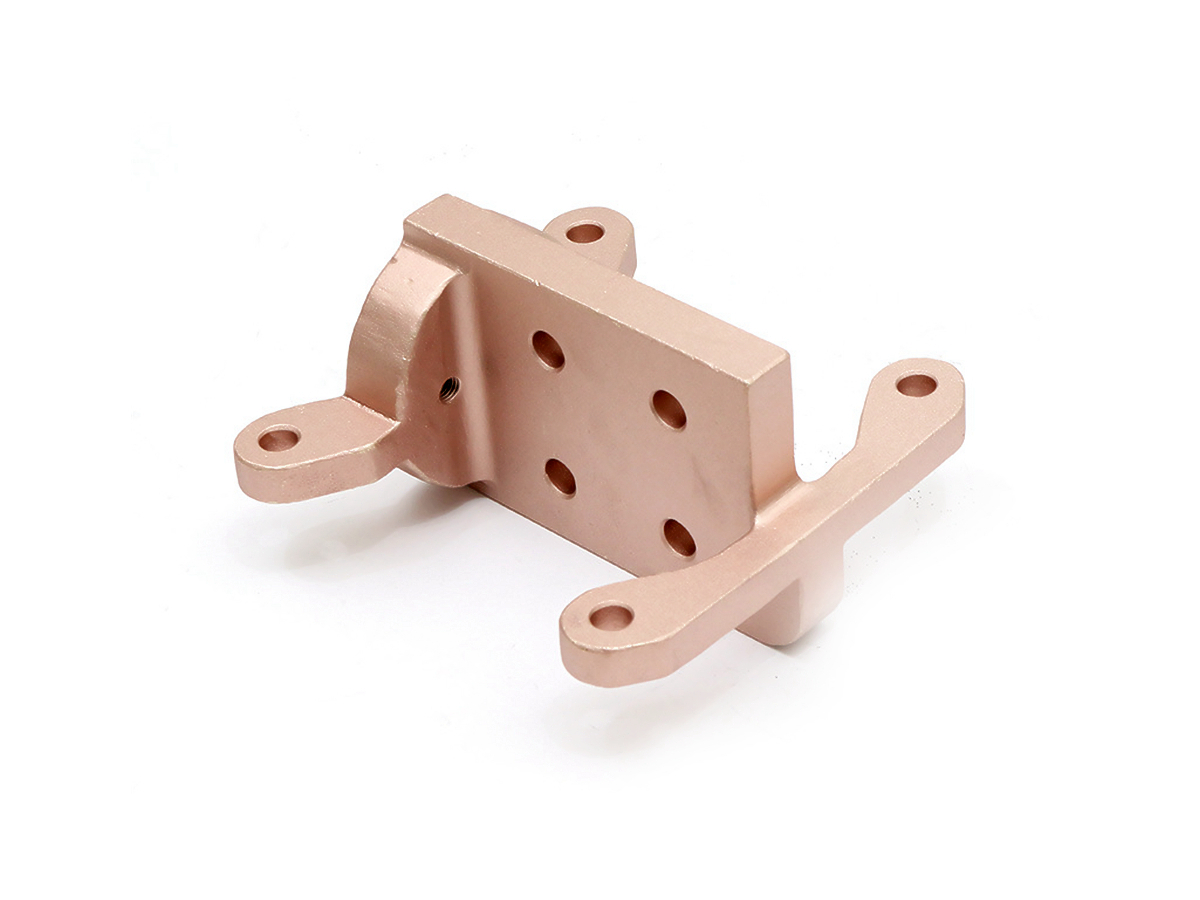Sustainable Energy Solutions Powered by High-Quality Gravity Cast Components
Introduction
As global demand for sustainable energy rises, precision-engineered components become crucial in maximizing efficiency and reliability. Gravity casting technology has emerged as a pivotal solution. It delivers robust and precise metal components for renewable energy systems like wind, solar, hydroelectric, and geothermal power generation facilities, significantly improving their long-term operational performance and durability.
High-quality gravity-cast components are integral to renewable energy infrastructure's sustainability and economic viability. By ensuring dimensional accuracy, superior mechanical properties, and resistance to extreme environmental conditions, these components minimize maintenance demands, lower lifecycle costs, and enhance overall energy output, thereby supporting global clean energy objectives.
Manufacturing Process: Detailed Steps of Gravity Casting for Energy Components
Mold Design and Fabrication: Precise metal molds are engineered to achieve high dimensional accuracy, essential for complex renewable energy components.
Alloy Selection and Melting: Selected metal alloys undergo controlled melting, degassing, and purification to ensure purity and defect minimization.
Gravity Pouring Technique: Molten metal is carefully poured into molds under gravity, minimizing turbulence to reduce potential defects.
Solidification Control: Components solidify under controlled cooling conditions, optimizing structural integrity, strength, and consistency.
Component Finishing and Inspection: Cast components undergo machining, finishing, and stringent inspection to guarantee conformity to specifications.
High-Performance Materials for Sustainable Energy Systems
Material | Key Characteristics (Industry Standards & Values) | Applications in Sustainable Energy |
|---|---|---|
Lightweight, tensile strength 230–320 MPa, thermal conductivity ~167 W/m·K, corrosion resistance per ASTM B26 | Solar panel frames, wind turbine housings | |
High corrosion resistance (ASTM G48), tensile strength up to 580 MPa, durable at temperatures up to 870°C | Geothermal pumps, hydro turbine valves | |
Exceptional electrical conductivity (~90% IACS), corrosion resistance in marine conditions (ASTM B148), tensile strength ~450 MPa | Electrical components, heat exchangers | |
High strength-to-weight ratio (~950 MPa), exceptional corrosion resistance (ASTM B367), suitable for harsh offshore environments | Offshore wind turbine components, tidal energy systems | |
Superior corrosion resistance at elevated temperatures (up to 1200°C), oxidation resistance (ASTM B575) | Concentrated solar power (CSP) components |
Selecting appropriate materials ensures enhanced renewable energy infrastructure performance, durability, and sustainability.
Surface Treatments Enhancing Component Durability
Anodizing: Provides robust corrosion protection and hardness up to 500 HV, ideal for aluminum components used in solar panel frameworks and wind turbine structures.
Electropolishing: Delivers ultra-smooth finishes (<0.2 µm Ra) and enhanced corrosion resistance, suitable for stainless steel components in geothermal and hydroelectric applications.
Powder Coating: Offers UV-resistant, durable surface protection, widely applied on external components in solar and wind energy systems.
Passivation: Enhances corrosion resistance of stainless steel parts according to ASTM A967, essential for geothermal pumps and valves.
Thermal Barrier Coatings: Provides insulation against extreme temperatures (>1000°C), critical for concentrated solar power (CSP) receiver components and other thermal-intensive renewable energy applications.
These advanced surface treatments prolong component life and optimize performance under severe environmental conditions.
Comparative Advantages of Gravity Casting
Attribute | Gravity Casting | Investment Casting | Sand Casting |
|---|---|---|---|
Dimensional Accuracy | ±0.5 mm | ±0.1 mm | ±1.0 mm |
Surface Finish | Ra 3.2–6.3 µm | Ra 1.6–3.2 µm | Ra 6.3–25 µm |
Production Volume | Medium to High | Low to Medium | Low to Medium |
Production Cost Efficiency | Good | Moderate | Excellent |
Mechanical Properties | Good to Excellent | Excellent | Moderate |
Gravity casting offers a strategic balance of quality, precision, and economic feasibility, making it highly suitable for renewable energy component production.
Production Challenges and Solutions in Gravity Casting for Renewable Energy
Porosity and Gas Entrapment: Controlled metal flow and advanced degassing techniques mitigate porosity issues.
Shrinkage Cavities: Precision mold design and regulated cooling processes prevent shrinkage defects.
Surface Defects: Optimal mold preparation and specialized surface finishing techniques eliminate defects and improve surface quality.
Dimensional Variations: Regular mold maintenance and accurate machining operations ensure dimensional consistency.
Material Contamination: Stringent alloy purification and controlled melting processes prevent contamination, ensuring component integrity.
Addressing these challenges proactively ensures consistent production quality and reliability in renewable energy applications.
Key Applications in Sustainable Energy
Gravity cast components are integral to various sustainable energy sectors:
Wind Energy: Structural components like turbine nacelles, hubs, and gearbox casings.
Solar Power: Support frames, brackets, and concentrated solar receiver components.
Geothermal Systems: Pumps, valves, and heat exchanger components resistant to corrosion and high temperatures.
Hydroelectric Energy: Robust turbine impellers, casings, and control valves.
Offshore Renewable Energy: Corrosion-resistant parts for tidal and wave energy harvesting systems.
The versatility and reliability of gravity cast components significantly advance the functionality and sustainability of renewable energy infrastructures.
FAQs
What makes gravity casting ideal for renewable energy components?
Which gravity casting alloys are most suitable for offshore wind turbines?
How do surface treatments enhance the durability of gravity cast energy components?
What are common gravity casting defects in renewable energy manufacturing?
How does gravity casting support cost-efficiency in sustainable energy industries?

